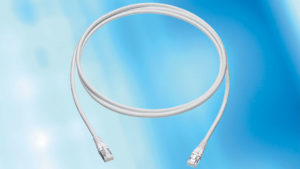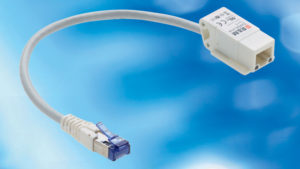Healthcare Cabling Helps Protect Patients
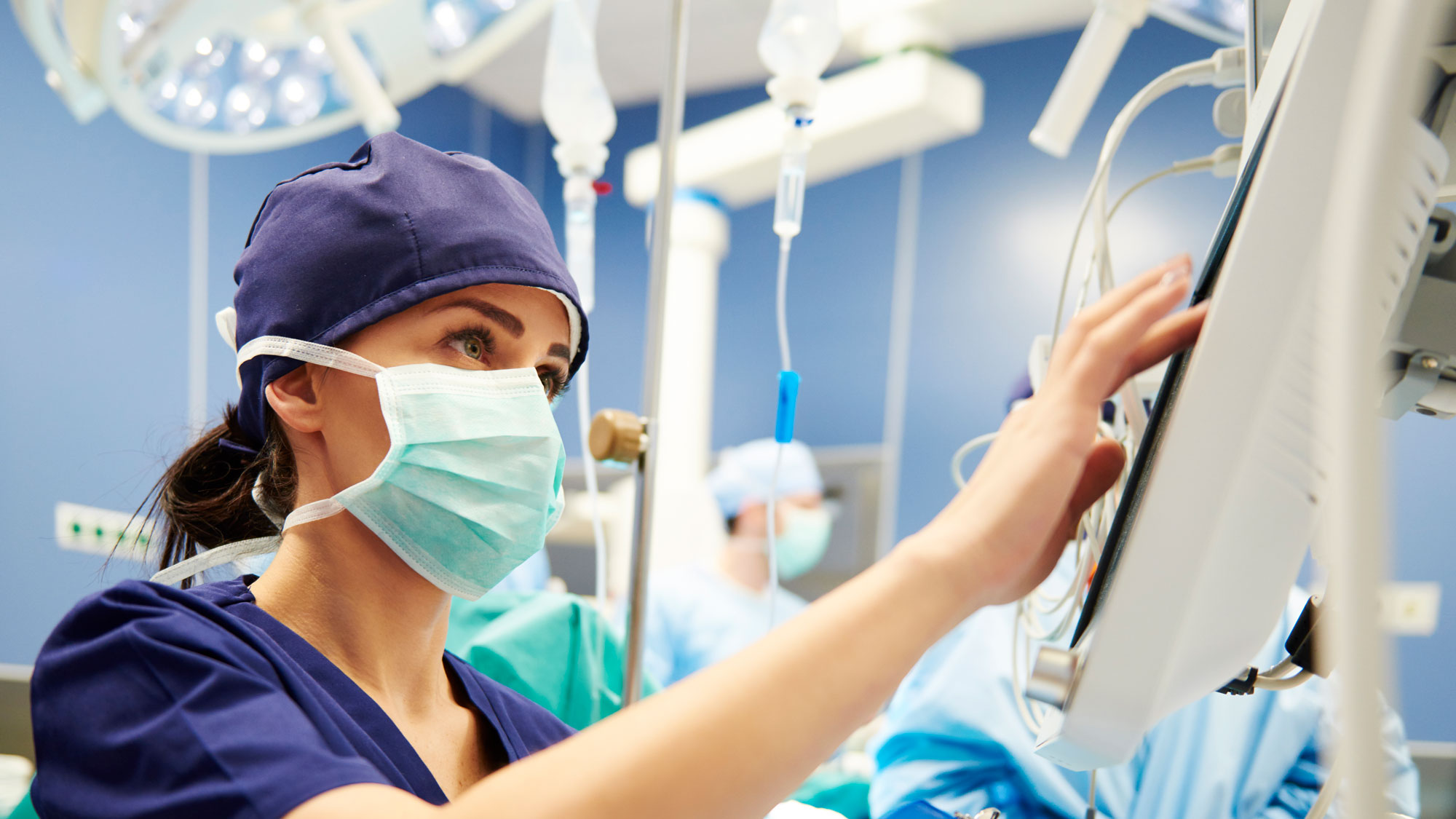
The risk: hospital-acquired infection
Even in countries with the most advanced hygiene standards, nosocomial infections top the list of disease cases. These healthcare-associated infections, HCAI, are even among the top ten causes of death, something demonstrated by various sources*.
Given the worldwide increase in health risks and hygiene requirements, hospital equipment suppliers are also under pressure. If life-threatening microbes or multi-resistant pathogens can settle around patients’ beds, all possible countermeasures should be taken.
One solution is healthLine cabling to help protect patients and staff. If appropriately in place, IT and network technology can contribute to reducing the risk of nosocomial infection.
What are the options for permanently equipping such inconspicuous but essential components as patch cords and network outlets with antimicrobial agents?
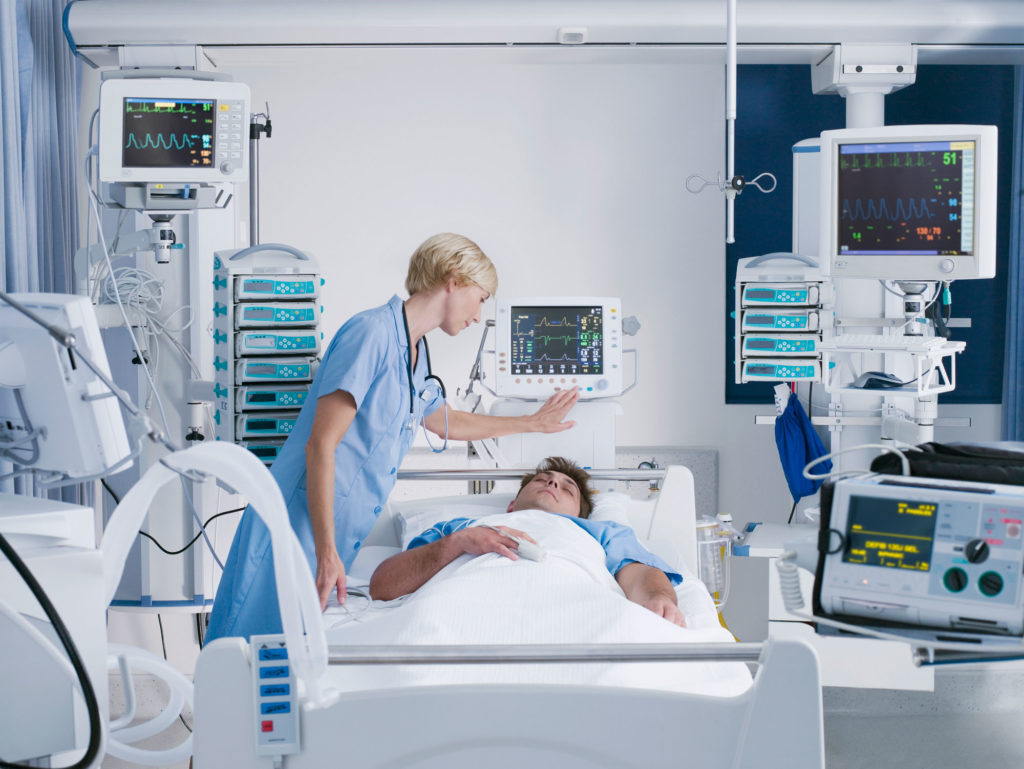
One solution: the Biomaster additive
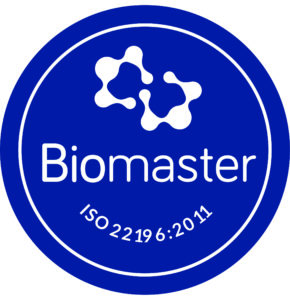 R&M took up this question some time ago and equipped its healthLine products with an antimicrobial additive. The name of the additive used is Biomaster. It contains silver ions.
R&M took up this question some time ago and equipped its healthLine products with an antimicrobial additive. The name of the additive used is Biomaster. It contains silver ions.
The additive is incorporated into the plastic during the manufacturing process. It cannot be rubbed or wiped off. The solution inhibits the colonization of microbes on the plastic surfaces of network products in accordance with ISO 22196.
The latest results also demonstrate effectiveness in shortening the survival time of certain viruses on the surface of protected products.
In this way, the risk of infection at the patient’s bedside due to microbes being transmitted from one person to another by touching surfaces can be effectively reduced. The same is true in kitchens, laboratories, and other areas with increased hygiene requirements. Irrespective of this, operators must of course still comply with their disinfection obligations. HealthLine products are no substitute for regular cleaning.
Our contribution: R&Mfreenet with healthLine and safeLine products
Following successful field tests, R&MhealthLine provides a comprehensive portfolio for patient-oriented, antimicrobial network connectivity:
- Various outlets with RJ45 jacks for local data and communication networks
- Shielded Cat. 6A and unshielded Cat. 6 patch cords for connecting computers, medical technology, telephones, call systems, multimedia terminals, etc.
Furthermore, standards such as IEC 60601-1 require additional electrical protection for operating rooms. Medical technology and data networks have to be galvanically isolated to protect man and machine from overvoltages. This task is taken care of by the network isolation module R&MsafeLine. Using this isolation module means no special equipment with special protective connections has to be used on the protected side. Simple IT devices with normal connections are sufficient.
- 090.7633
Clinics have to ensure that medical, administrative, and multimedia applications are separated. The three-stage R&M security system supports this goal with color-coding, protective caps, and labels. These mark the different connections. The highest level of the security system locks plug connections.
Besides, the R&M monitoring program inteliPhy helps to monitor local data networks centrally in real-time.
Even wet rooms and areas with harsh conditions can be reliably connected to the local data network. For this purpose, R&M has developed retrofittable protective sleeves for RJ45 connectors.
A truly comprehensive connectivity portfolio for clinics. In this way, R&M ensures both infection protection and secure data connections. That is what we understand by healthcare cabling. R&M partners install antimicrobial cabling all over the world inwards, operating rooms, emergency rooms, nursing homes, rehabilitation, and healthcare facilities.
Find out more about R&MhealthLine here!



